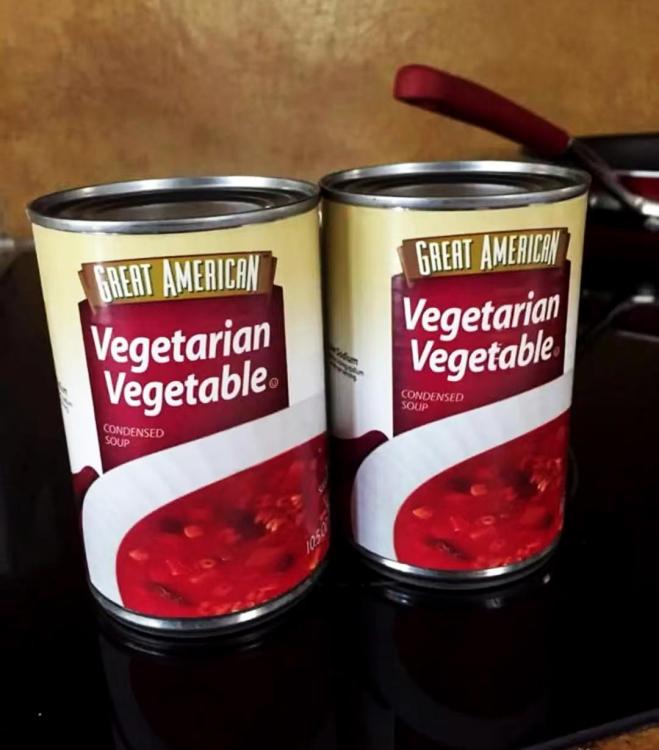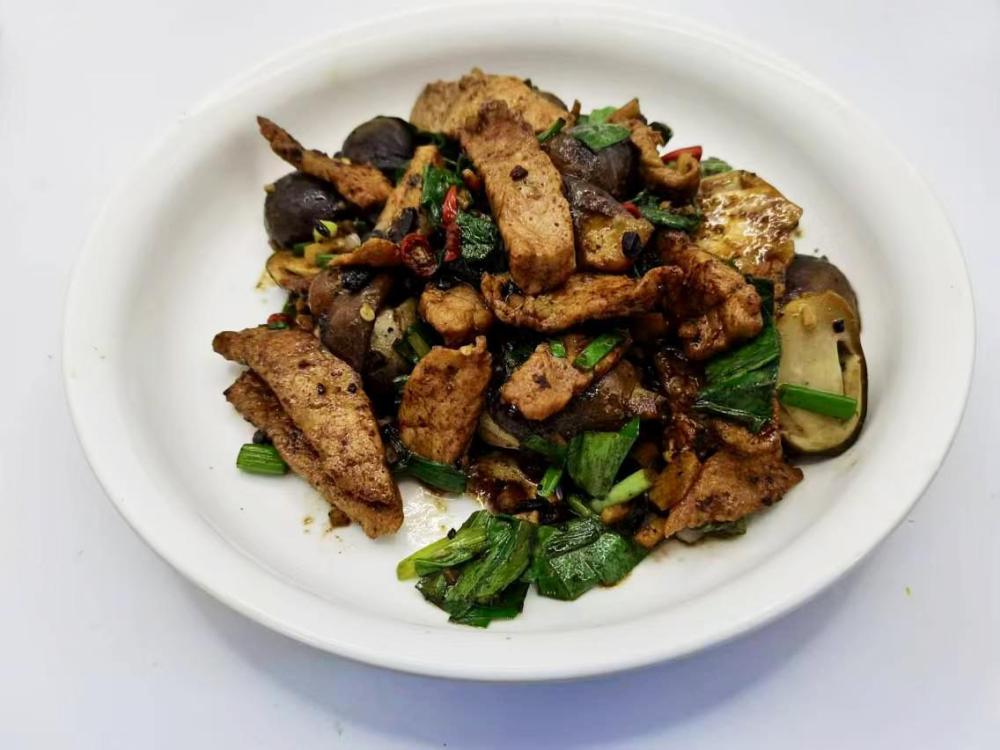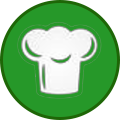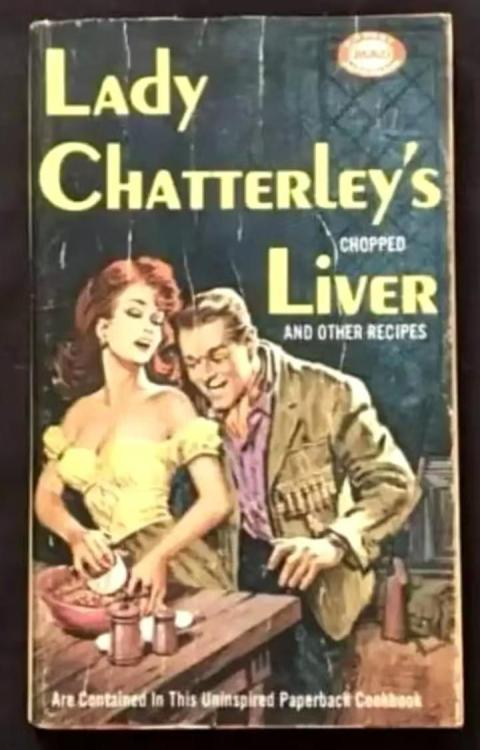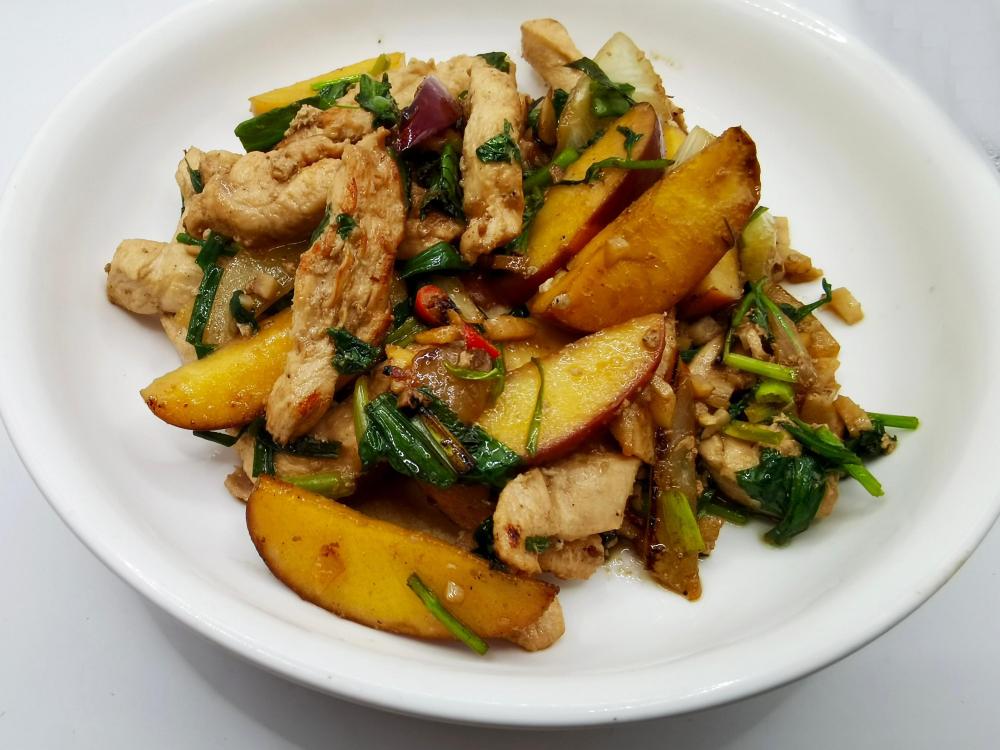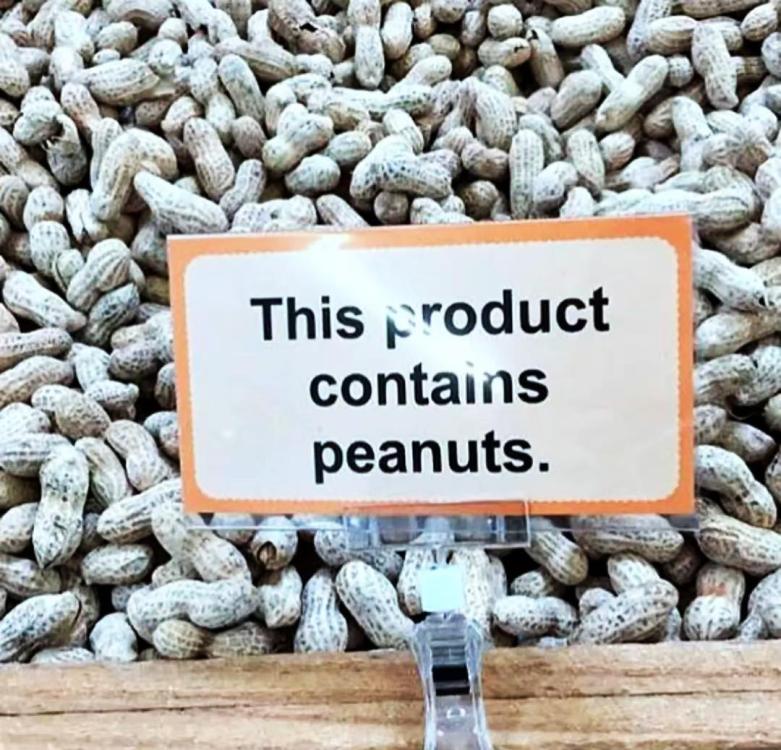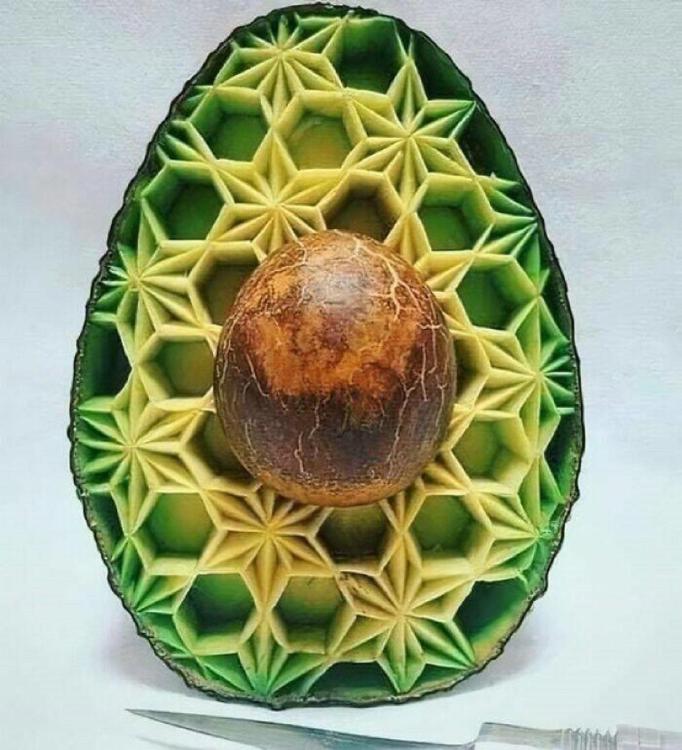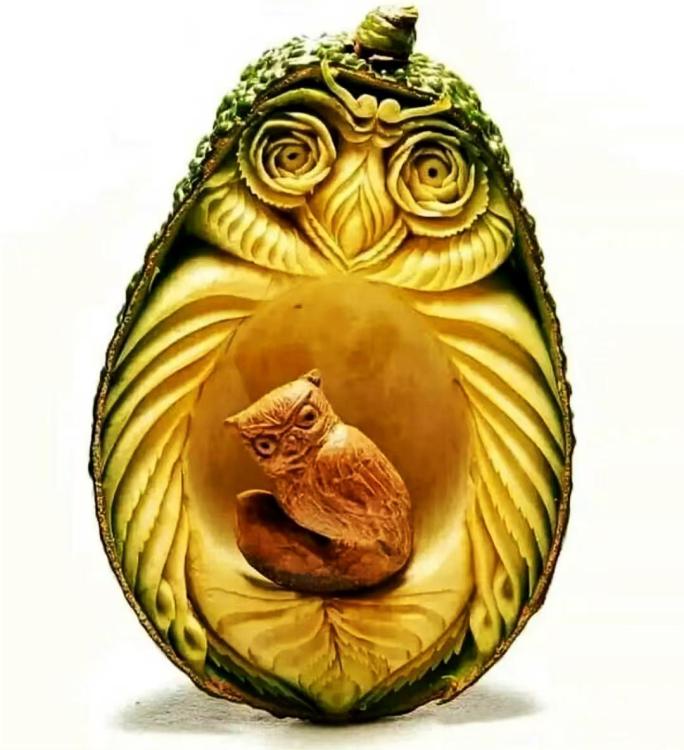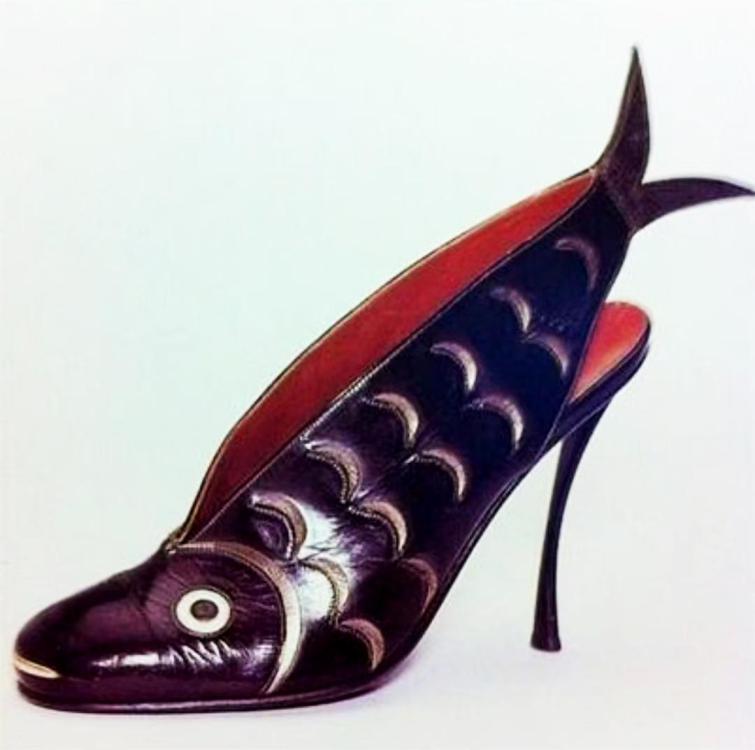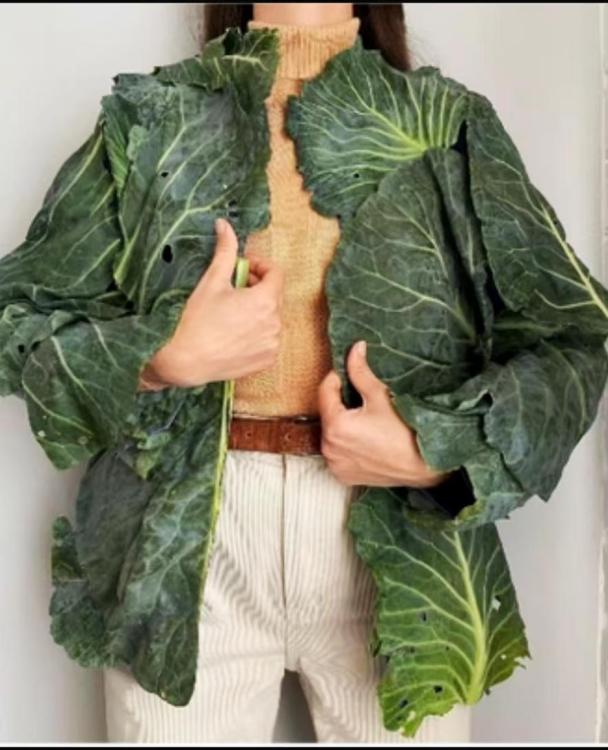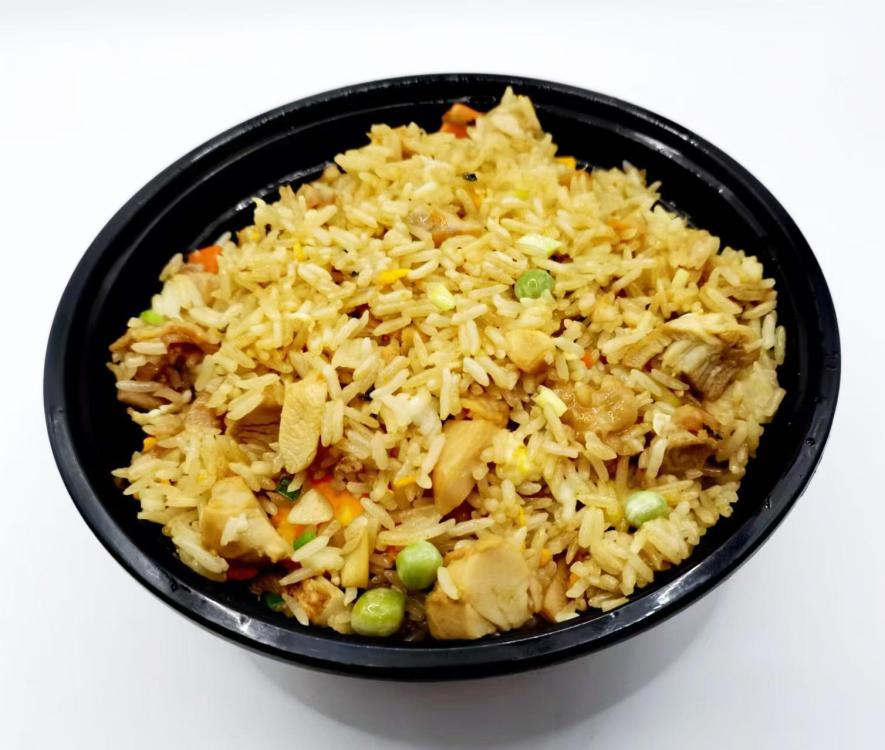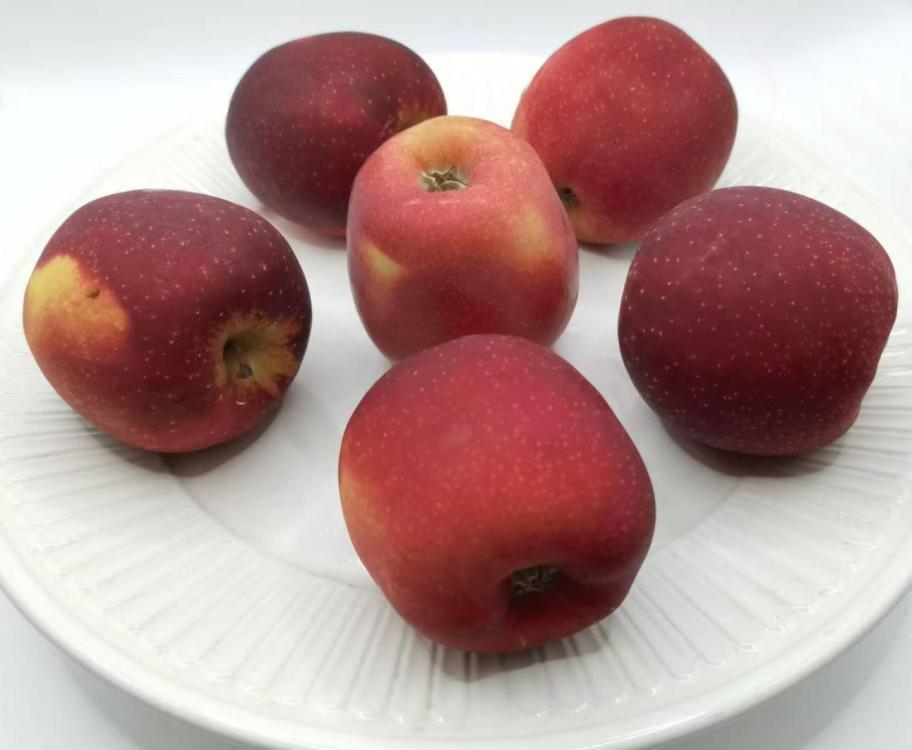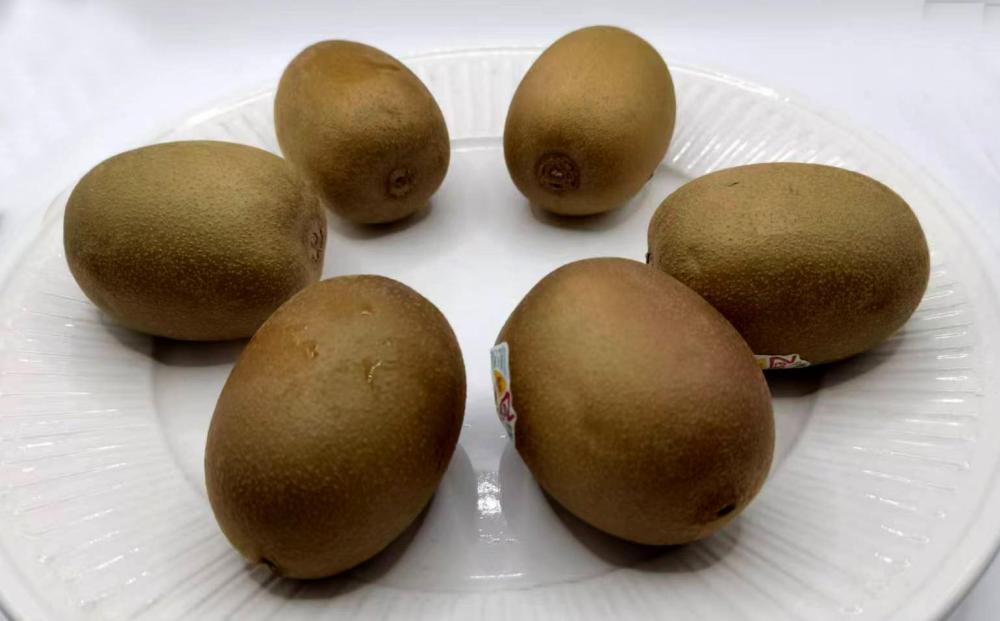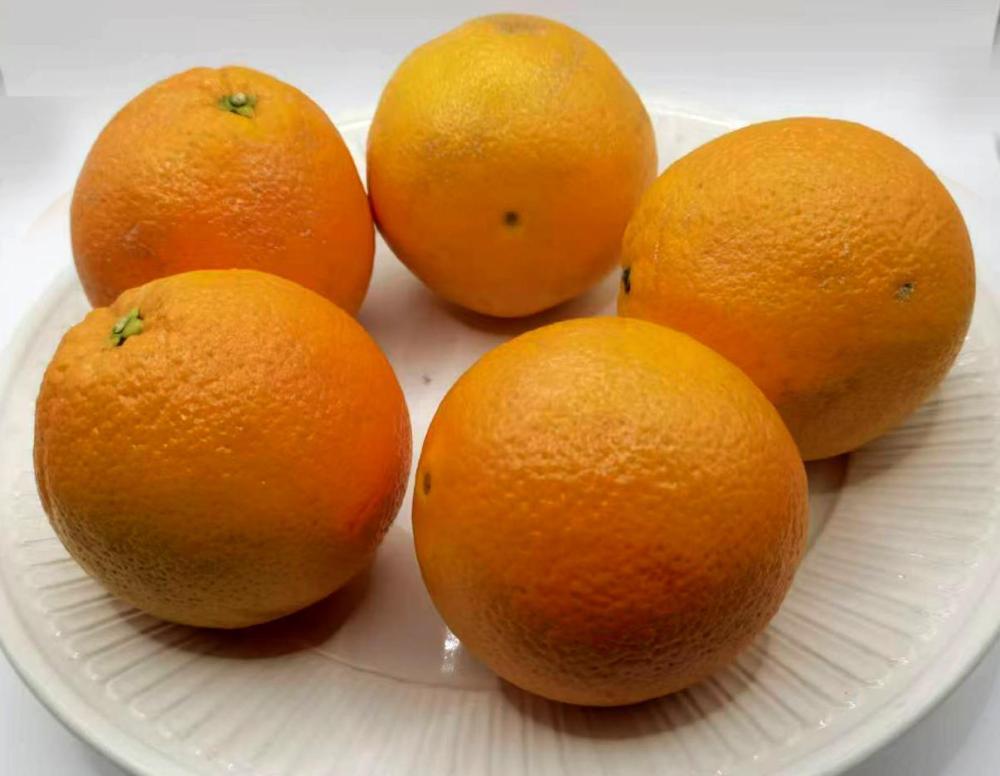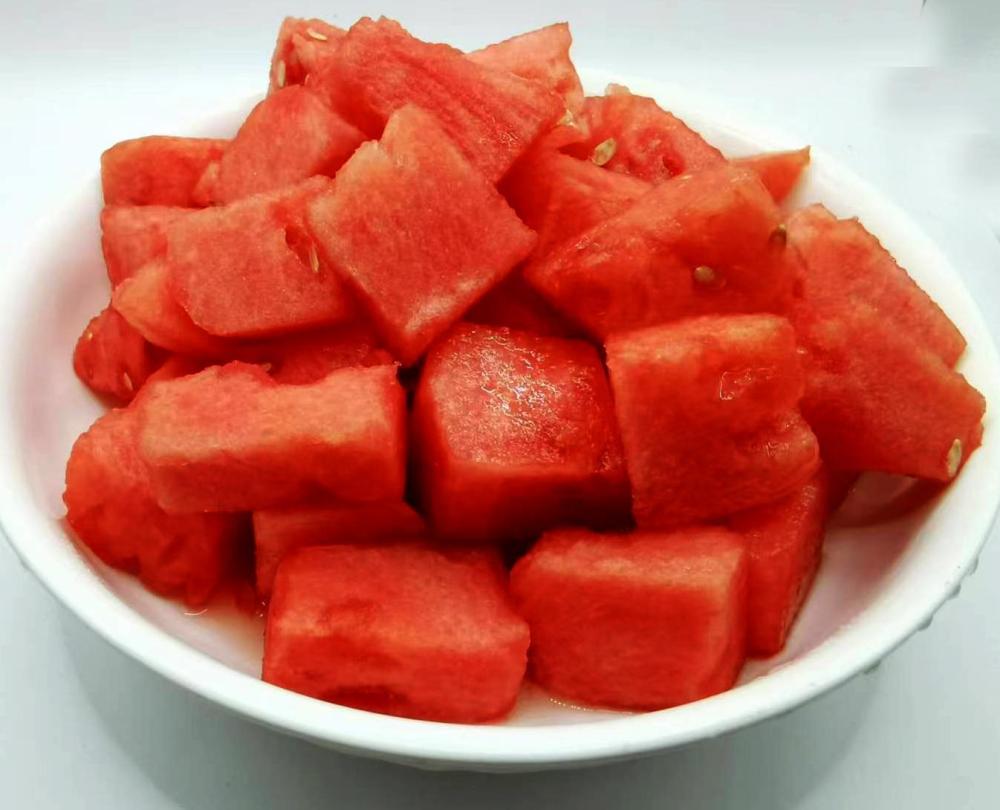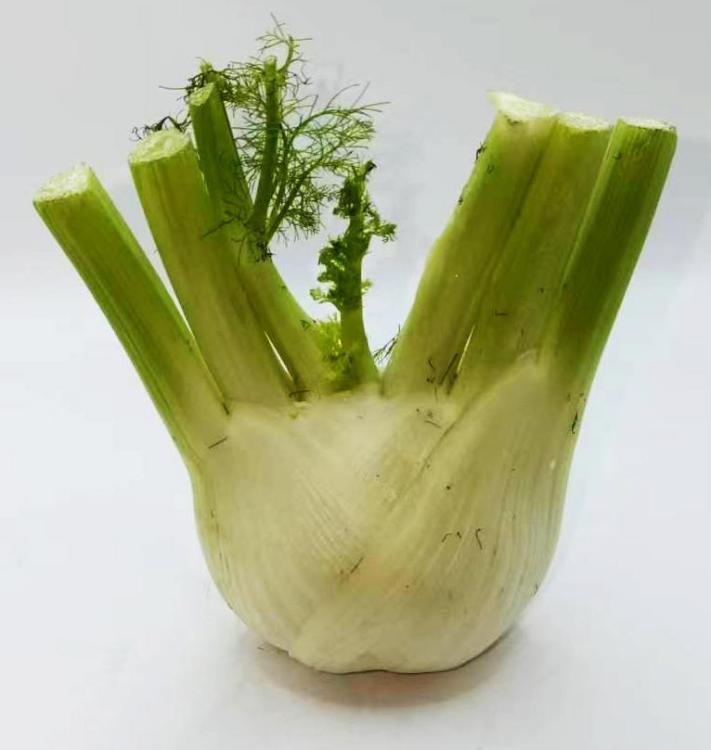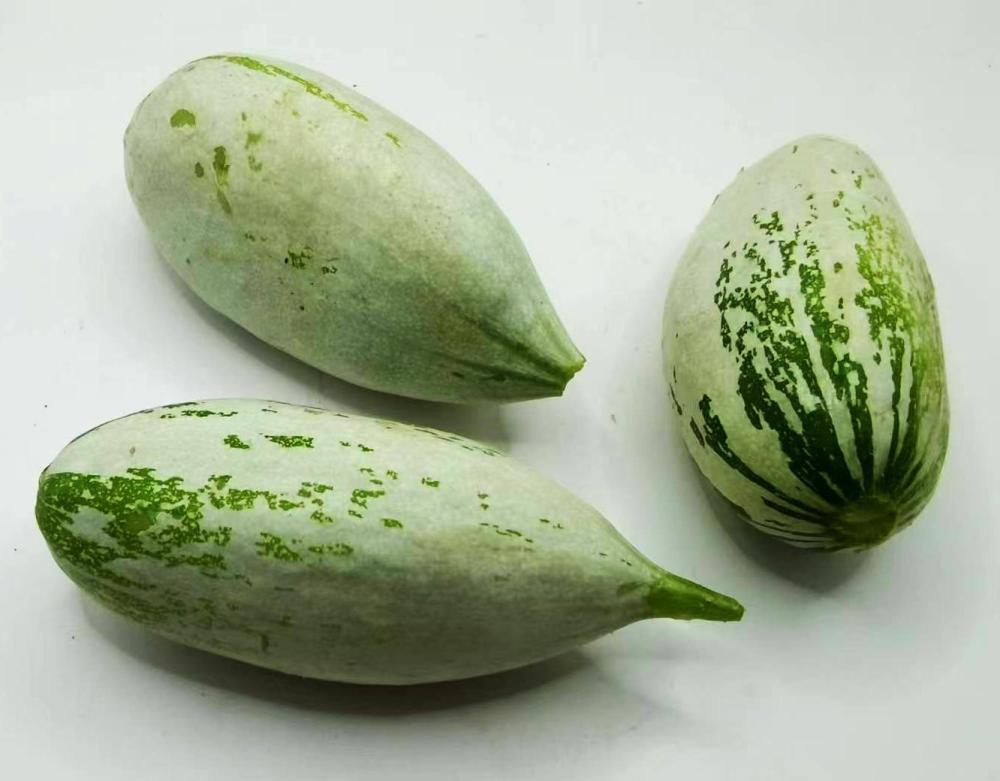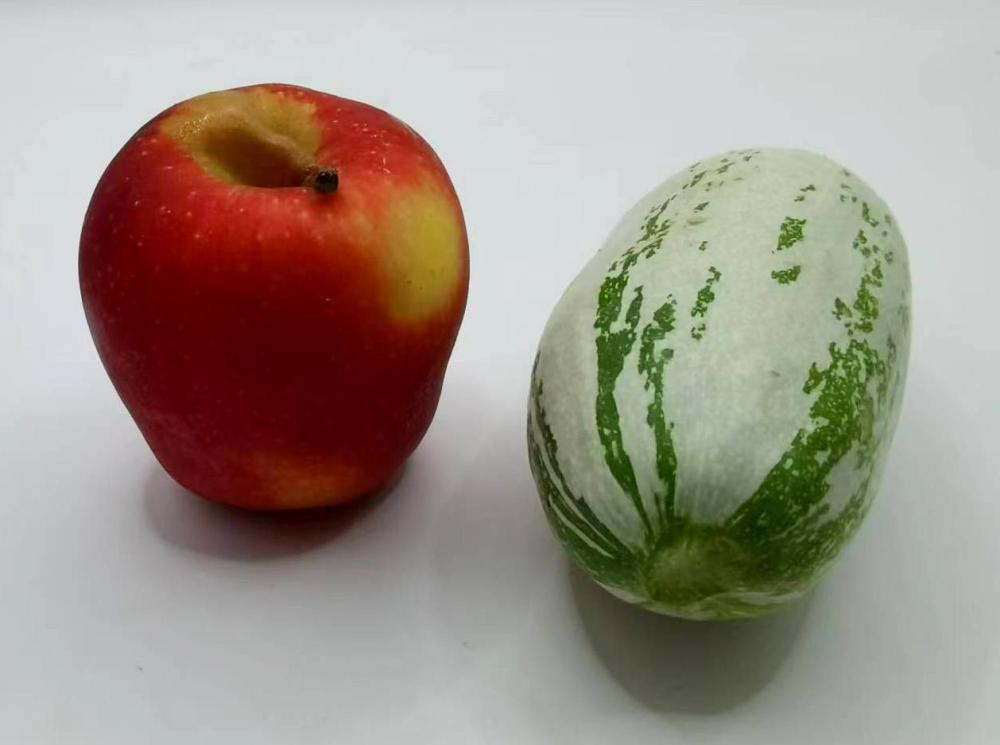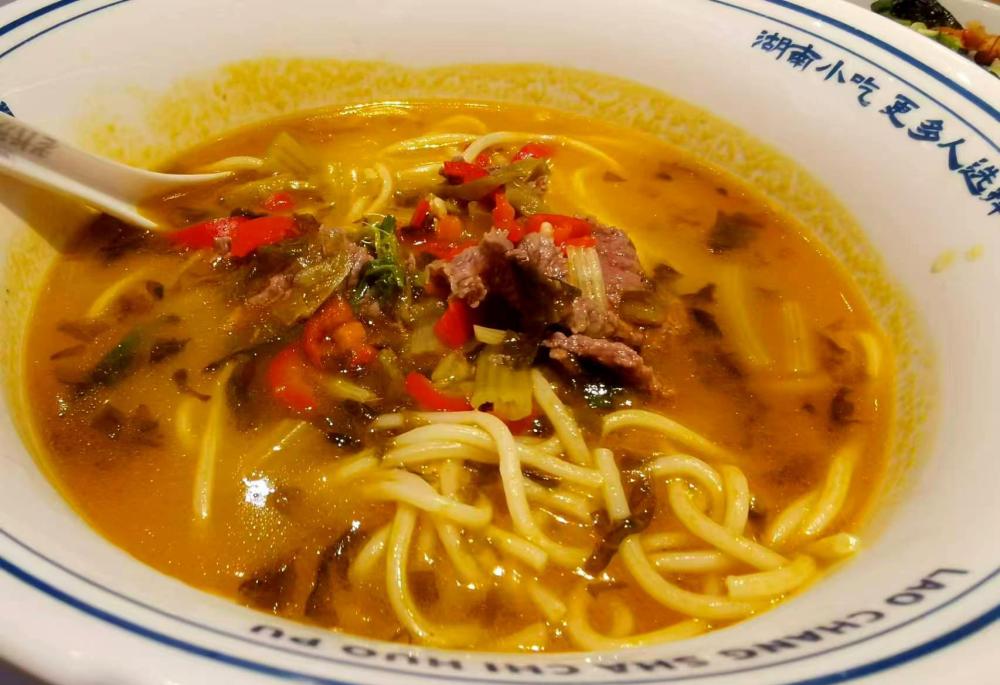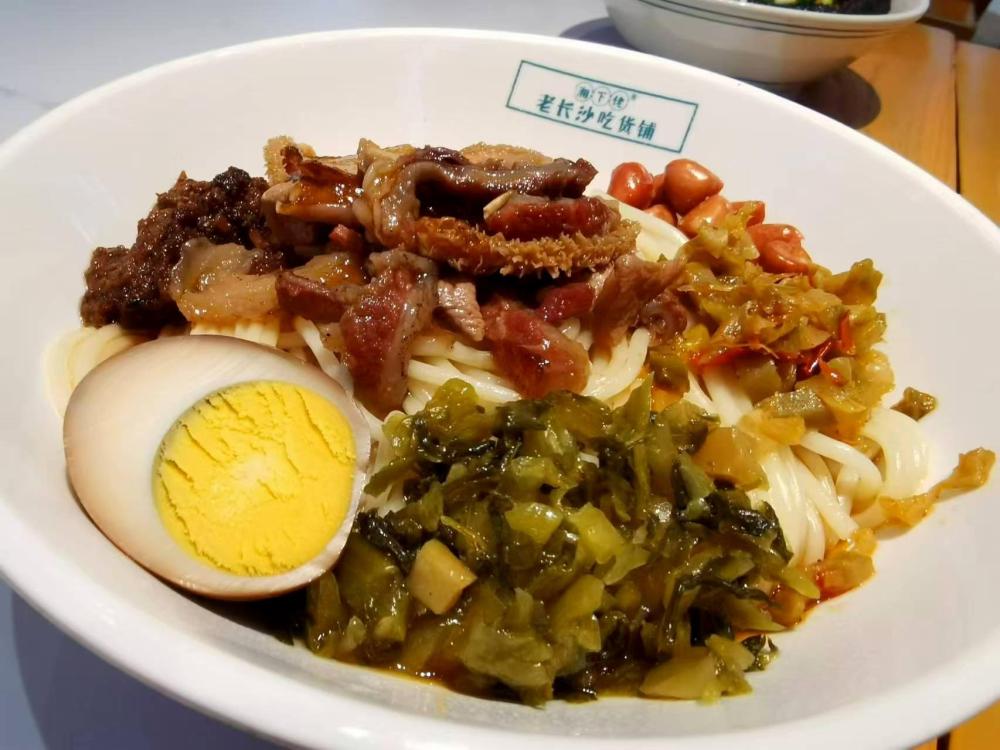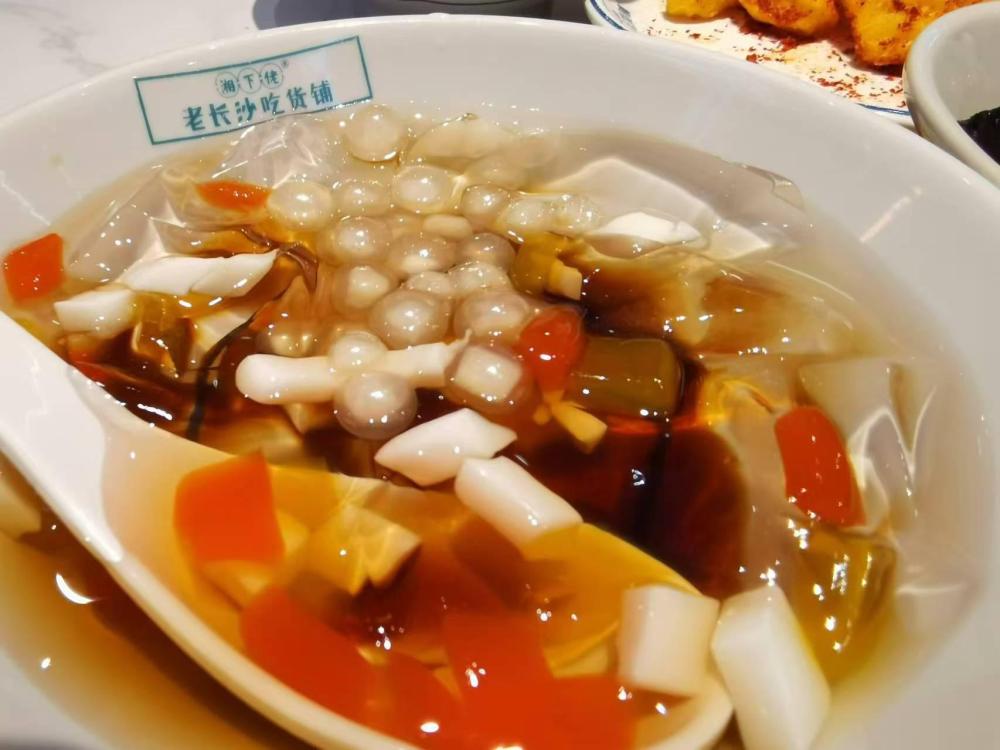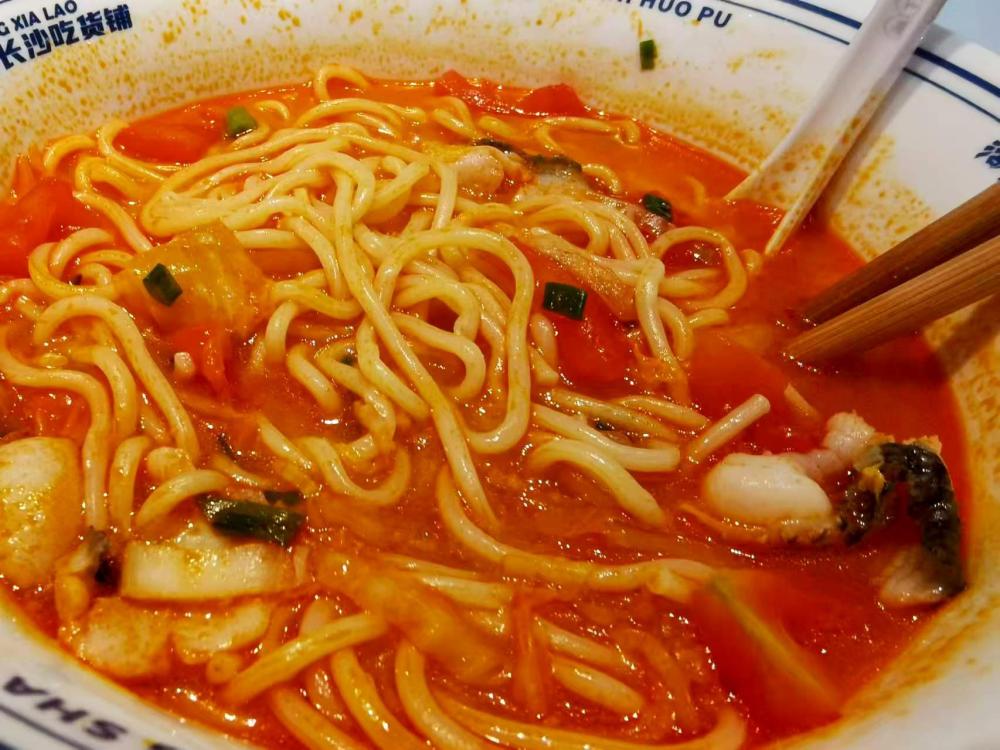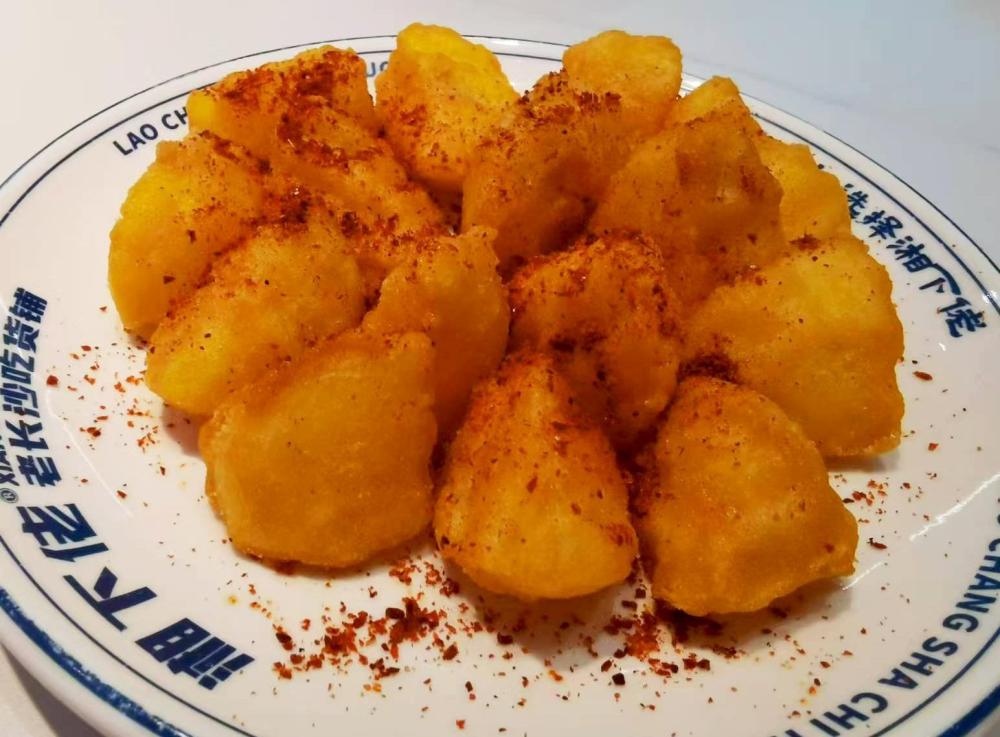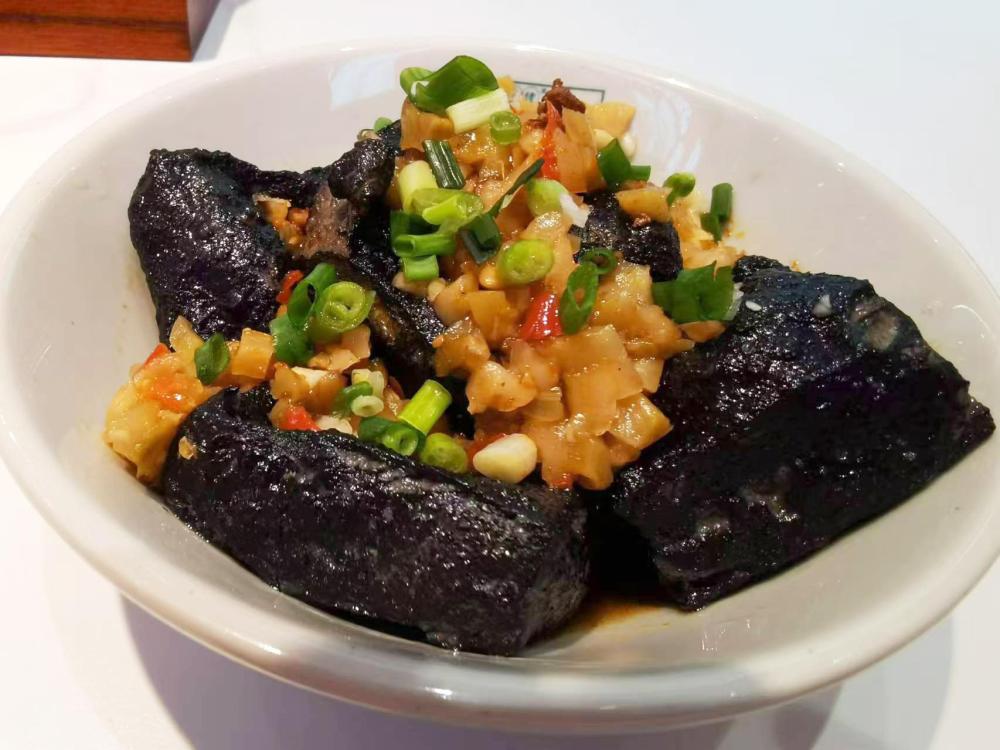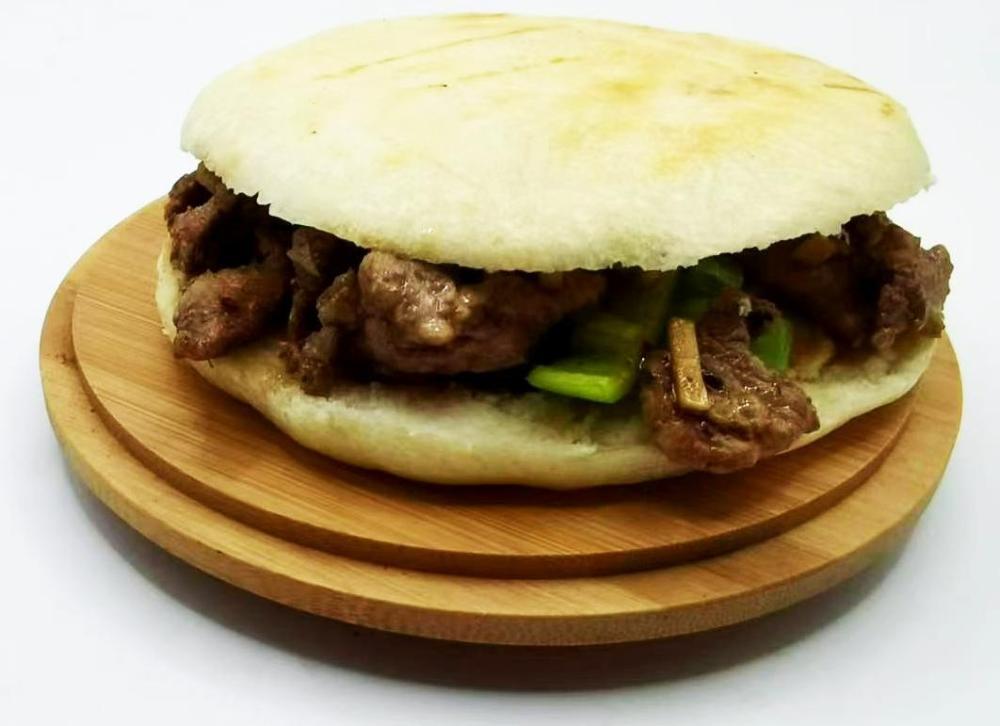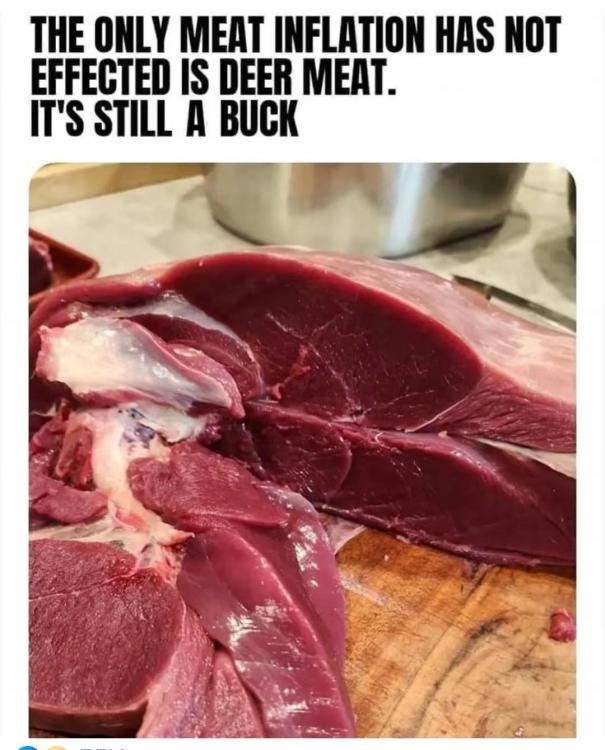-
Posts
16,752 -
Joined
-
Last visited
Content Type
Profiles
Forums
Store
Help Articles
Everything posted by liuzhou
-
Mexico - Power Plugs & Sockets: Travel Adapter Needed? (power-plugs-sockets.com)
-
Pork and straw mushrooms with herbs, Shaoxing, garlic, chilli, fermented black beans, soy sauce, hoisin sauce. Rice.
-
A defence of 'glugs'. Don’t give me precision in recipe quantities – I like a glug, a splash or a bunch
-
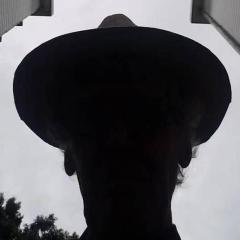
Why You Should Never Take the Last Piece of Food
liuzhou replied to a topic in Food Traditions & Culture
Yes, many do, but they tend to be among private or family groups. Until quite recently, most restaurant meals were business or, more often, government funded "official" functions where over ordering and extravagance were routine. Then asking for takeaway was very rare. A few years ago Xi Jinping, the current President, limited the number of courses to be served and banned the more expensive dishes favouted by the Party elite. Although that has had an effect, it still goes on to an extent, just less ostentatiously. -
Mucuna pruriens, known in English by names such as monkey tamarind, velvet bean, Bengal velvet bean, Florida velvet bean, Mauritius velvet bean, Yokohama velvet bean, cowage, cowitch, lacuna bean, and Lyon bean. Here, for some reason unknown to me, they are 猫儿豆 (māo ér dòu), literally ‘kitten bean’ or 狗儿豆 (gǒu ér dòu), ‘puppy bean’. They are native to Africa, and tropical Asia including India, southern China and SE Asia. They are particularly popular in Indonesia, especially Java, where they are known as kara benguk. The plant is notorious for its young shoots and bean pods being covered in small hairs which cause extreme itchiness and red sores on contact. For this reason an alternative Chinese name 刺毛黧豆 (cī máo lí dòu), literally ‘itchy hair dark bean’ is sometimes used. Mature bean pods and shoots can be eaten. The legumes themselves are small and can be either white or black. I’ve only ever encountered the pre-cooked pods here. However according to one study, the plant contains relatively high (3–7% dry weight) levels of L-DOPA, which some people are sensitive to; it can cause nausea, vomiting, cramping, arrhythmias, and hypotension. Up to 88% of the L-DOPA can be extracted from M. pruriens by boiling and soaking for approximately 48 hours. The efficiency of the process can be slightly improved by using approximately 0.25–0.50% sodium bicarbonate. I've never had a problem with them. As ever, they are used in TCM, especially for treating snake bites. Also, the western wellness shamans have jumped on them, making all sorts of unsubstantiated claims.
-

Why You Should Never Take the Last Piece of Food
liuzhou replied to a topic in Food Traditions & Culture
Yes, it is certainly the case here in China. In fact, many people prepare too much food deliberately to avoid such a major loss of face, especially when entertaining guests. The wastage in restaurants is also notorious, mainly due to over ordering for the same reason. -
Chicken, marinated with garlic, ginger, chilli and Shaoxing wine. Stir fried with fennel root, apple, culantro, coriander leaf and Chinese chives.
-
I've done them successfully with both Stornoway black pudding in Scotland and with Chinese blood sausage, the only kind I can source locally. They are very similar in texture, the only difference being that the Chinese type use rice as the cereal component rather than oats. Ive eaten morcilla, but never used it in Scotch eggs.
-
Takehiro Koshimoto is a Japanese chef and artist who seems to specialise in avocados. This has been dubbed Advocadart by social media. Here are but a couple of examples for review purposes. A search for his name on Facebook, Instagram, etc will reveal several more.
-
I bet not even Imelda had a pair of these essential fashion items. Perfect pairing for a new jacket. Images from adverts on Taobao.com shopping site.
-
I regularly make blood sausage and quail egg scotch eggs but don't have a recipe as such. I just adapted a recipe for regular eggs. I usually use a 50/50 mix of pork* and blood sausage. I found that blood sausage on its own doesn't adhere well to the eggs. I do use panko for the breading. But the most difficult part for me is getting the eggs just right. That soft yolk eludes me half the time although I don't feel I'm doing anything diffferent each time. *or minced duck leg meat.
-
Fried rice mainly incorporating diced leftover "New Orleans Chicken*" from local supermarket and some veg from last night. * No idea what that means in China.
-
Here is the video of Zhang Yufei getting excited about Luosifen. She says: "I want to eat Luosifen." Asked why she replies "The taste! The taste is delicious!"
-
Another friend came to visit today. To be polite she brought fruit, as people do. But she kind of overdid it. Love her, though. Apples Grapes Jujubes Kiwi Oranges Watermelon looks like I'll have to be fruitarian for a few days. This is only half of each!
-
Two new finds in China today.. First up, 茴香头 (huí xiāng tóu), fennel bulb. I've found fennel leaf before and the seeds are very common, but first time to lay my hands on a bulb. Never seen them served in restaurants, either. No idea why. The second has me baffled. These are 老鼠瓜 (lǎo shǔ guā), which translates as Mouse Melon. The only mouse melons I am aware of are the Mexican 'cucamelon', melothria scabra, which are grape sized. These are much larger,. weighing around 100 grams each and around 14 cm long as opposed to cucamelons. 1-2 cm. Here's one with a standard apple. Perhaps mutants? My research continueth.
-
For the first time that I'm aware of, a specific dish has been named at the Olympics*. When the swimming events were over in Paris, China's women's team member Zhang Yufei (one silver and five bronzes in Paris, plus two previous golds and twosilver in Japan in 2021) was interviewed and said "All I want to do now is eat Liuzhou Luosifen!" Zhang Yufei - olympics.com * No doubt someone will correct me if I'm unaware of previous dishes.
-
Another lunch with friends in a different Hunan venture. More of a noodle shop. We each had a bowl of soupy noodles and shared some accompaniments. Beef with wheat noodles - friend 1's choice. Beef, egg, and pickled vegetable rice noodles - friend 2's choice Fish and tomato rice noodles - my choice. To Share 长沙臭豆腐 (cháng shā chòu dòu fu) Changsha Stinky Tofu Deep Fried Potato with Chilli Iced Fruit Jelly
-
Another 孜然牛肉夹馍 (zī rán niú ròu jiá mò), Cumin Beef Roujiamo. Well actually three, but only one image.
-

On using something other than a stand mixer to make cheesecake
liuzhou replied to a topic in Pastry & Baking
Given cheesecake has been around since Roman times, long before electricity, I'd say mixers of any kind are not necessary, even if more convenient.



